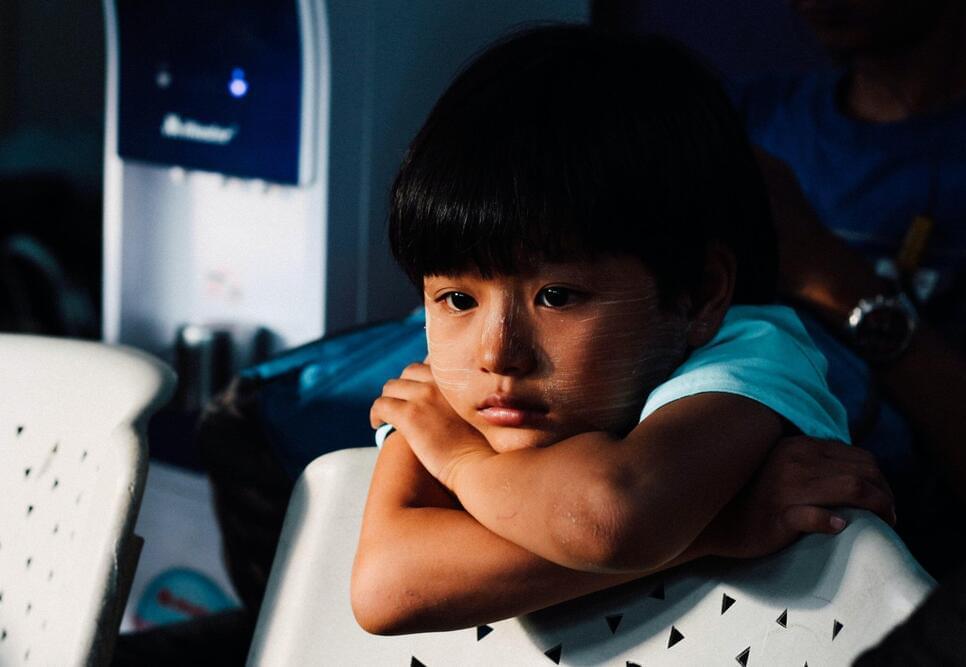There is this picture—you may have seen it. It is black and white and has two silhouettes facing one another. Or maybe you see the black vase with a white background. But now, you likely see both.
It is an example of a visual illusion that reminds us to consider what we did not see at first glance, what we may not be able to see, or what our experience has taught us to know—there is always more to the picture or maybe even a different image to consider altogether. Researchers are finding the process in our brain that allows us to see these visual distinctions may not be happening the same way in the brains of children with autism spectrum disorder. They may be seeing these illusions differently.
“How our brain puts together pieces of an object or visual scene is important in helping us interact with our environments,” said Emily Knight, MD, Ph.D., assistant professor of Neuroscience and Pediatrics at the University of Rochester Medical Center, and first author on a study out today in the Journal of Neuroscience. “When we view an object or picture, our brains use processes that consider our experience and contextual information to help anticipate sensory inputs, address ambiguity, and fill in the missing information.”










Comments are closed.